Stroke (Apoplexy) is one of the leading causes of disability and death worldwide. It occurs when the blood supply to a part of the brain is interrupted, leading to a lack of oxygen and the death of brain cells. Each year, millions of people suffer from a stroke. In Germany alone, there are about 270,000 strokes annually, meaning that approximately every two minutes, a person experiences a stroke. While it occurs more frequently in older individuals, younger people can also be affected.
Occurrence and Distribution
There is a geographical and socioeconomic distribution of strokes. People in low-income countries and those with less developed healthcare systems often have poorer access to prevention and treatment. In countries with high income inequality, poorer population groups are more frequently affected due to risk factors such as unhealthy diets, lack of exercise, smoking, and stress. Men are more commonly affected than women, but women tend to have worse long-term outcomes.
- Global Frequency: Strokes are the second leading cause of death worldwide after cardiovascular diseases and a major cause of long-term disability.
- Statistics: Around 15 million strokes occur globally each year, of which about 5 million are fatal, and another 5 million people are left permanently disabled.
- Age Groups: The risk of stroke increases with age, particularly after the age of 55. However, cases are also rising among younger people due to lifestyle factors and genetic predispositions.
- Gender: Men tend to have a higher risk of stroke at younger ages, while older women are more frequently affected.
Stroke Symptoms
Stroke symptoms appear suddenly and can vary depending on which area of the brain is affected. Common symptoms include:
- Sudden weakness or numbness in the face, arm, or leg, usually on one side of the body. Paralysis or weakness on one side of the body (hemiparesis, e.g., in the face, arm, or leg).
- Speech and comprehension problems, difficulties in speaking or understanding language.
- Visual disturbances, blurred vision, loss of vision in one or both eyes, or double vision.
- Coordination problems, difficulty walking, dizziness, or loss of balance.
- Sudden severe headache without a known cause, especially in hemorrhagic strokes.
Quick action is essential to minimize long-term damage. The FAST rule helps recognize symptoms:
F (Face): Does one side of the face droop when smiling?
A (Arms): Can the person raise both arms, or is one arm weaker?
S (Speech): Is speech slurred or strange?
T (Time): Call emergency services immediately!
Types of Strokes
There are two main types and a precursor of strokes:
- Ischemic Stroke
- Blockage of a blood vessel in the brain by a blood clot (thrombosis) or an embolus. The result is oxygen deprivation in the affected brain tissue, leading to tissue damage.
- About 80-85% of all strokes.
- Treatment with thrombolytics (medications to dissolve the clot), mechanical thrombectomy.
- Types:
- Thrombotic Stroke: A blood clot (thrombus) forms in a blood vessel in the brain.
- Embolic Stroke: A clot or other debris (embolus) travels from another part of the body, usually the heart, to the brain arteries.
- Hemorrhagic Stroke
- Bleeding in the brain due to the rupture of a blood vessel, often caused by high blood pressure or aneurysms. This causes pressure on the brain and damage to nerve cells.
- About 15-20% of all strokes.
- Treatment with emergency surgery to stop the bleeding, blood pressure control, surgical interventions.
- Types:
- Intracerebral Hemorrhage: Bleeding occurs within the brain tissue itself.
- Subarachnoid Hemorrhage: Bleeding occurs in the space between the brain and the thin membranes covering it.
- Transient Ischemic Attack (TIA)
- Temporary interruption of blood supply, symptoms last less than 24 hours and disappear completely.
- A warning sign of an increased risk of a future stroke.
General Treatment Options
- Acute Treatment:
In the acute phase of a stroke, it is crucial to receive medical help as quickly as possible. The first hours after a stroke (the “golden hour”) are critical for the patient’s prognosis.
- Rapid Diagnosis: Imaging techniques like CT or MRI are crucial to differentiate the types of stroke.
- Medication Therapy: Thrombolytics for ischemic stroke, where clot-dissolving medications (e.g., tPA) are used; blood pressure-lowering medications for hemorrhagic stroke.
- Surgical Interventions: In hemorrhagic strokes or large ischemic strokes, mechanical thrombectomy may be used to remove the blood clot through a catheter. General brain pressure relief.
- Rehabilitation Phase:
Rehabilitation begins as early as possible and consists of various therapies, including physical therapy, occupational therapy, speech therapy, and neuropsychological rehabilitation. Rehabilitation may last for months to years and aims to regain functions and promote independence.
- Multidisciplinary Team: Doctors, physical therapists, occupational therapists, speech therapists, psychologists, and social workers collaborate.
- Physical Therapy: Focus on restoring mobility and reducing spasticity.
- Occupational Therapy: Assistance with daily activities and adaptation of the living environment.
- Speech Therapy: Treatment of speech and swallowing disorders.
- Psychological Support: Help with coping with emotional and psychological challenges.
Physical Therapy After Stroke
Physical therapy is a central component of stroke rehabilitation. It aims to restore motor functions, improve mobility, and enhance the patient’s quality of life.
Goals of Physical Therapy:
- Restoration of Mobility: Improving muscle strength and coordination. Many stroke patients have difficulty controlling movements or suffer from hemiparesis. Physical therapy can help rebuild these functions.
- Reduction of Spasticity: Targeted mobilization and stretching exercises can reduce spasticity, a common consequence of strokes. Control of muscle stiffness and involuntary movements.
- Improvement of Balance and Stability: Prevention of falls and promotion of independence. After a stroke, the risk of falls is increased. Specific exercises train balance.
- Promotion of Gait Ability: Support in relearning walking and using aids.
- Pain Relief: Treatment of muscle and joint pain.
- Prevention of Secondary Complications: Immobility can lead to muscle atrophy, joint stiffness, and thrombosis. Movement helps prevent these problems.
Forms of Treatment in Physical Therapy
Physiotherapy Approaches:
- Bobath Concept/PNF: This approach aims to promote normal movement patterns and suppress abnormal reflexes and spasticity. It is based on the idea that the brain can reorganize itself after a stroke (neuroplasticity).
- Constraint-Induced Movement Therapy (CIMT): In this method, the healthy arm is temporarily immobilized to actively train and strengthen the affected arm.
- Mirror Therapy: A mirror is positioned so that the brain perceives the affected arm as healthy, promoting movement recovery.
- Gait Training: Various methods are used to restore gait ability, such as treadmill training with weight support or exercises that train step coordination and balance.
- Functional Electrical Stimulation (FES): Electrical impulses are used to stimulate weakened muscles, e.g., to support foot lifting during walking.
General Exercise Approaches:
- Passive Movement Exercises:
- The therapist moves the patient’s limbs without the patient actively participating.
- Prevention of contractures (shortening of muscles) and maintenance of joint mobility.
- Active Movement Exercises:
- The patient performs the movements independently.
- Improvement of muscle strength and coordination.
- Active-Assisted Exercises:
- The therapist assists the patient with movements that the patient partially performs independently.
- Encouragement of active participation and increase in muscle strength.
- Strength Training:
- Specific exercises to strengthen the affected muscles, often using weights or resistance bands.
- Improvement of muscle strength and endurance.
- Balance and Coordination Exercises:
- Exercises to improve balance, such as standing on one leg or walking in a straight line.
- Increase in stability and reduction of fall risk.
- Gait Training:
- Exercises to improve walking, often using walkers or treadmills.
- Regaining gait ability and improving gait quality.
- Stretching Exercises:
- Stretching of shortened muscles to increase flexibility.
- Reduction of muscle stiffness and improvement of mobility.
- Manual Therapy:
- Hands-on techniques to mobilize joints and soft tissues.
- Improvement of mobility and pain relief.
- Electrotherapy:
- Application of electrical currents for muscle stimulation and pain relief.
- Promotion of muscle activity and pain relief.
- Therapeutic Training:
- Functional exercises tailored to the patient’s daily activities.
- Improvement of independence in daily life.
Examples of Physical Therapy Exercises After Stroke
Leg Lifts While Sitting:
- Goal: Improve muscle strength in the thighs.
- Execution: Sit on a stable chair. Slowly lift the affected leg until it is straight. Hold the position for 5 seconds. Slowly lower the leg. Repeat the exercise 10-15 times.
Wrist Rotations:
- Goal: Improve wrist mobility and coordination.
- Execution: Sit on a chair with your arm resting on a table. Place the affected hand on the table. Slowly rotate your wrist clockwise. Then rotate counterclockwise. Repeat the exercise 10-15 times.
Heel Slides:
- Goal: Strengthen thigh muscles and improve knee joint mobility.
- Execution: Lie on your back with your legs straight. Slowly slide your heel towards your buttocks while keeping your foot on the bed. Then slowly slide your heel back. Repeat the exercise 10-15 times.
Hand Grasping Exercise:
- Goal: Improve hand coordination and strength.
- Execution: Sit comfortably on a chair. Hold a small ball or other object in your hand. Squeeze the ball tightly. Hold for a few seconds and then release. Repeat the exercise 10-15 times.
Standing Balance Training:
- Goal: Improve balance and stability.
- Execution: Stand behind a chair with your hands resting on the backrest. Slowly lift one leg while balancing on the other leg. Hold the position for a few seconds. Lower your leg and repeat with the other leg. Repeat the exercise 5-10 times for each leg.
Importance of Physical Therapy in Stroke Rehabilitation
Physical therapy plays a critical role in stroke recovery. It helps patients regain independence and improve their quality of life by addressing movement limitations, muscle weakness, and other impairments caused by the stroke. Regular physical therapy canprevent secondary complications such as contractures, pressure ulcers, and deep vein thrombosis. It also promotes neuroplasticity, where the brain reorganizes itself to compensate for damaged areas.
Therapy plans are tailored to the specific needs and abilities of each patient, taking into account the severity of the stroke and the patient’s overall health.
Physical activity, as part of the rehabilitation process, also plays a role in stroke prevention by improving cardiovascular health, reducing blood pressure, and managing other risk factors like obesity and diabetes.


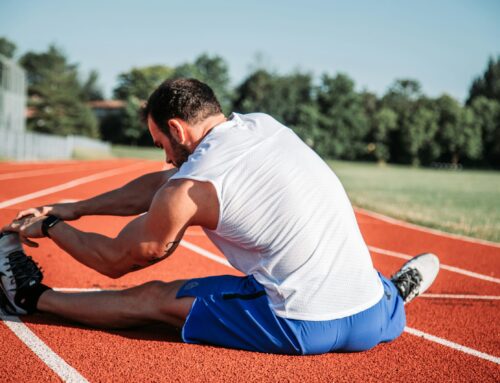
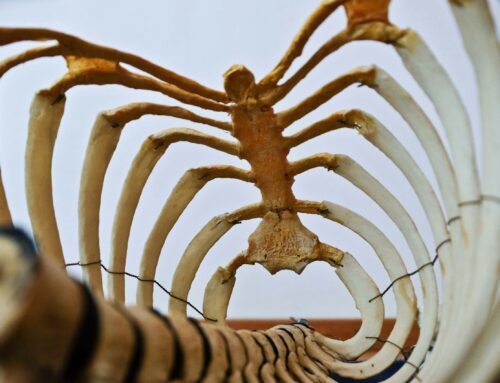
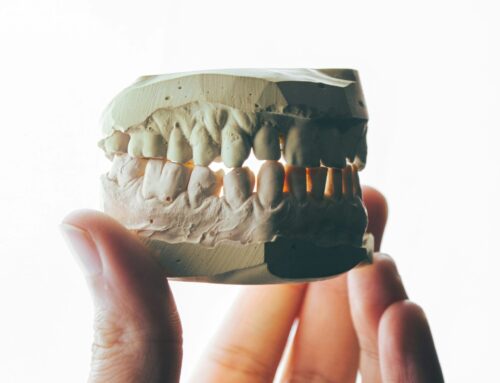
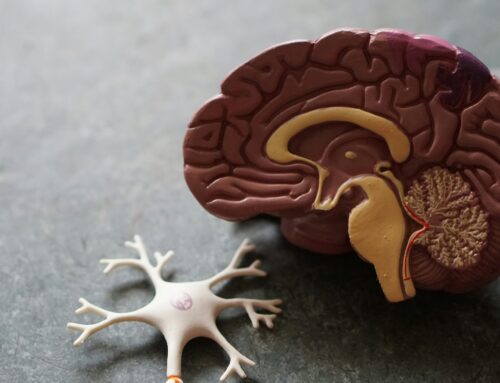
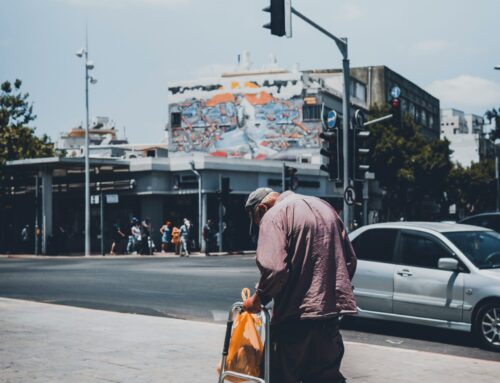
Leave A Comment